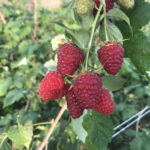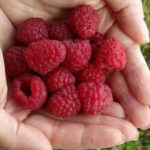Selva strawberry variety
Selva is a remontant variety of garden strawberries (strawberries) suitable for commercial cultivation. It was bred in 1983 by American breeders by crossing such varieties as Brighton, Tufts and Pajaro. Over the years of its existence, our heroine managed to collect a very large number of conflicting reviews. For commercial cultivation, it is very good - it has a great yield potential, can bear fruit almost all year round, and is famous for its excellent presentation of berries. But for a simple gardener, it is not so attractive, and the main reason for this is not particularly outstanding taste. But is everything so unambiguous, and does not everyone's personal preferences play a role in this? Well, let's figure it out.
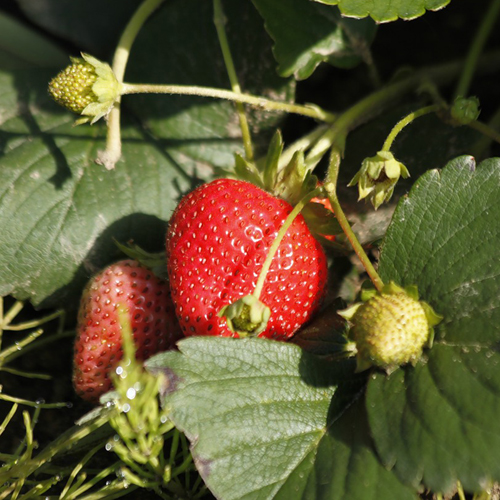
The plant is vigorous, voluminous, spreading, abundantly leafy. The formation is scarce. The leaves are large, rich green color. The petioles are very long, pubescent. Strawberry inflorescences are multi-flowered, the flowers themselves are white, bisexual. The peduncles of the variety are powerful, strong, erect, located above the level of the leaves, under the weight of large numerous fruits they are laid on the ground.
The sizes of Selva berries can vary from medium to large and very large, depending on the intensity of the agricultural technique. The fruits have a regular conical shape, there is a high homogeneity of the berries - everything is as if it were a selection. The skin is dense, light red, with an intense shine. Achenes are small, yellow, superficial. The pulp is pale pink or whitish, juicy, very dense, often there is a so-called apple crunch when bitten. The aroma is moderately or weakly expressed.
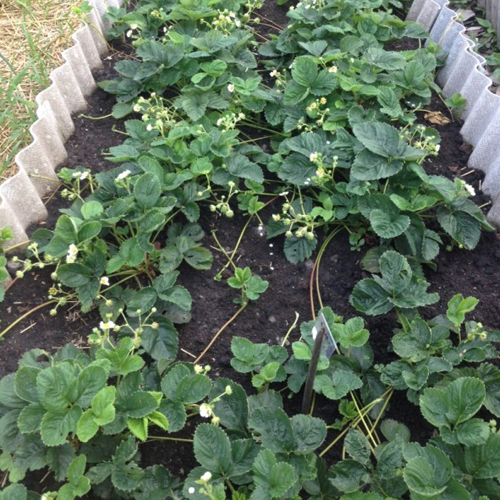
The taste qualities of strawberries are difficult to characterize unambiguously. In general, the taste is sweet and sour, perhaps classic. But some gardeners say that the berries are generally tasteless, others are unhappy with the sourness, and still others praise the Selva fruits for their sweetness and richness. In a word, it is very difficult to find a middle ground among this kaleidoscope of reviews. Therefore, we will not praise the variety, but let's say this - not everyone will like the taste of our heroine, and how good they are can be assessed only after a personal tasting.
Due to their very dense pulp, the berries tolerate transportation excellently, and are also suitable for short-term storage without the use of refrigeration units. In general, these strawberries were deliberately bred for commercial use, and they are fully consistent with the tasks set. Selva is great for selling fresh produce to the market, attracting buyers with its uniform, beautiful berries. The fruits are universal in use, can be used fresh, are suitable for any processing and freezing, as well as for whole-fruit canning. In connection with the ambiguous reviews about the taste of berries, people have the opinion that this strawberry is best suited for processing, but for fresh consumption it is better to settle another variety on your site.
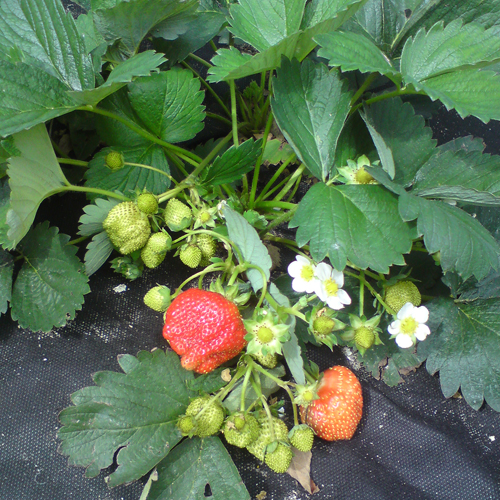
The average weight of Selva fruits is 20 grams, however, with intensive cultivation technology, the indicator can increase to 30 grams and slightly more. Since the variety is remontant, it can bear fruit stably for a long time, while the berries will not decrease in size. Of course, it all depends on the quality of agricultural technology, you should not complain about the "trifle" on the bushes if you do not provide the plants with a full-fledged complex of care. The yield of the variety also varies greatly depending on the intensity of cultivation; for an ordinary gardener, an indicator of 1 kg of berries per plant is quite realistic. If we talk about commercial cultivation, which implies creating ideal growing conditions for strawberries and providing the plantation with constant abundant nutrition, then in this case the yield increases significantly.In principle, the potential of our heroine is very high, and an indicator of 3 kg per bush is quite achievable, provided that there is really very high-quality care.
Selva ripens 4-6 days earlier than Zenga Zengana, it can bear fruit until late autumn, and in heated greenhouses the fruiting of the variety can stretch for much longer. In the open field, ripening begins around the end of May, in different regions it can start both earlier and later. The fruiting period is divided into 3-4 almost continuous waves - in early June, July, August and September. Gardeners noted that in late autumn the berries become much denser and take longer to gain sweetness. By the way, our heroine bears fruit both on the mother bush and on daughter outlets, which allows her to be grown as an ampelous one, or on a trellis.
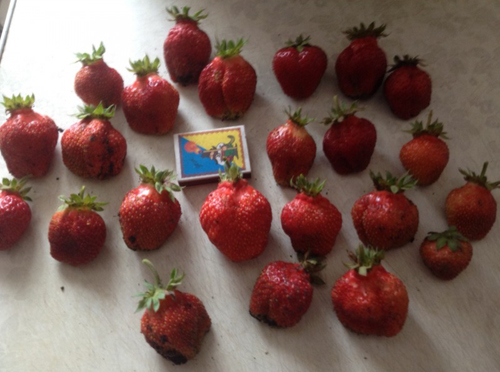
Selva has excellent immunity to diseases of foliage and root system, but this does not mean that plants do not need preventive treatments, especially in industrial cultivation. Fruits are very rarely affected by gray rot, even in rainy seasons, the rejection rate is extremely low. The variety is very winter-hardy, it can withstand frosts down to -30 ° C without shelter. Thus, strawberries are very attractive for growing in regions with cold climates. However, in spring, flowers may suffer from recurrent frosts, so it is highly advisable to take care of planting shelter during this period.
The drought resistance and heat resistance of strawberries are low, during dry periods the yield decreases, and the berries are often baked in the sun. But on the other hand, with insufficient moisture, the berries become sweeter. Still, in order to maintain plant health and obtain a bountiful harvest, it is imperative to provide the plantation with regular abundant watering, the best solution is to install a drip irrigation system. In general, it should be said that the taste of Selva and its yield are very dependent on the weather conditions of the season, in hot dry periods there will be fewer berries, but they will be sweeter, and in cool rainy times the plants, in principle, bear fruit abundantly, but the taste of the fruits you not particularly happy.
The agricultural technology of cultivating a variety implies carrying out all standard activities with high quality and on time. Like many other commercial varieties, our heroine reacts extremely negatively to mistakes in agricultural technology, therefore, if you want to "squeeze" the maximum out of strawberries, you should provide them with truly ideal conditions. These are regular watering, and timely preventive treatments, and abundant feeding with a cocktail of fertilizers, including growth stimulants. Some sources report that Selva is unpretentious in care, but this is not entirely true. Of course, it can be grown without much work. But what kind of return you get from plants in this case is another matter. If you are interested in high-yielding varieties that show excellent results with a minimum investment of time and effort, then our heroine is clearly not the right option for you.
It is advisable to use plants for no more than one year, then you need to update the plantings. Some sources indicate that strawberries can bear fruit at a high level for 2 years, but gardeners and farmers claim the opposite. Of course, it all depends on the intensity of the cultivation. With moderate agricultural technology, plants are quite capable of producing sufficient yields even for 3 years. If, in the first year of her life, they demand maximum results from Selva, then the next season the plant will no longer be able to show the same high level. In addition, the variety has a very poor formulation, which can cause problems with reproduction, and when using bushes for more than one year, they have no strength at all for a mustache.
While we are on this subject, one agrotechnical nuance should be mentioned.It is advisable to divide the planting into a mother plant and a plot where the main goal will be to obtain a harvest. In the mother liquor, plants are not allowed to bear fruit, plucking out flowers so that the bushes give all their strength for reproduction. On the “berry area”, the mustache is removed from the strawberry, although this event may not be necessary at all.
Let's summarize. Selva is a highly productive variety with a high yield potential, "sharpened" for growing for commercial purposes. Gardeners admit that this variety is not very attractive for themselves and their family, and it is quite easy to find a better analogue for it on the market at the present time. Therefore, if your goal is to obtain berries for personal consumption, we do not recommend that you purchase these strawberries. If you want to establish a plantation for the further sale of products to the market, then Selva is a very good option.




